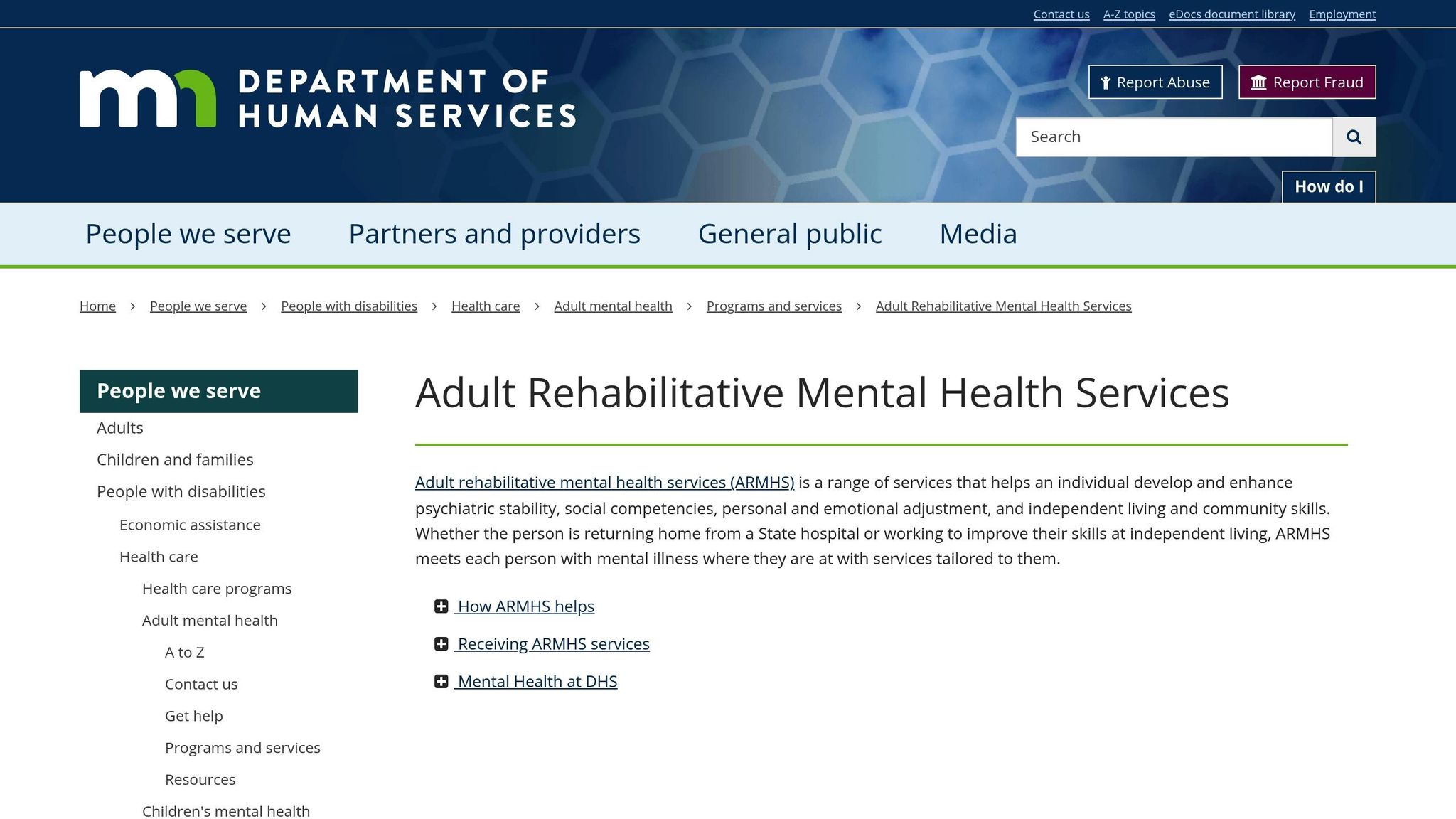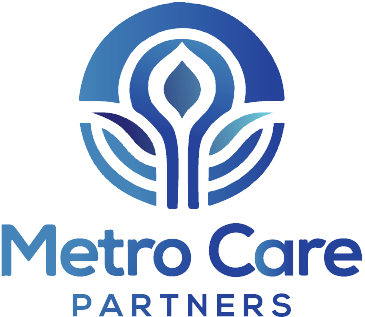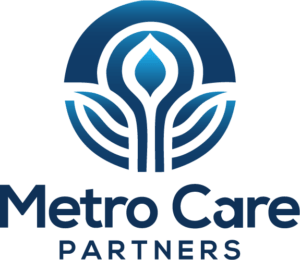- Community living promotes mental well-being, reducing depression, anxiety, and stress.
- Social isolation increases risks of dementia, heart disease, stroke, and early death.
- Vulnerable groups include older adults, young adults, and marginalized communities.
- Programs like ARMHS (Adult Rehabilitative Mental Health Services) provide practical support for building social connections and improving mental health.
Quick Comparison:
| Aspect | Community Living | Social Isolation |
|---|---|---|
| Mental Health Risk | Lower depression and anxiety rates | 40% higher dementia risk |
| Support System | Regular emotional and social support | 1 in 4 adults lack social support |
| Health Impact | Improved memory and cognitive function | Increased risk of heart disease and early death |
Living in a connected community is key to better mental health. Programs like Metro Care Partners’ ARMHS help individuals build relationships, regain confidence, and improve daily life through tailored, accessible support.
How Isolation Affects Mental Health
Mental and Physical Effects of Isolation
Research highlights the serious toll isolation takes on both mental and physical health. A 2023 Gallup study reported that nearly 25% of people worldwide experience significant loneliness, while a 2018 Cigna survey revealed that almost 50% of U.S. adults feel lonely on a regular basis.
Here’s how isolation affects different aspects of health:
| Area of Impact | Specific Effects |
|---|---|
| Emotional Health | Anxiety, depression, emotional numbness |
| Cognitive Function | 50% higher likelihood of developing dementia |
| Physical Health | 29% higher risk of heart disease, 32% increased stroke risk |
| Behavioral Changes | Greater alcohol and substance use, antisocial behaviors |
These findings highlight the importance of identifying and supporting vulnerable groups.
Who Is Most at Risk
While isolation can affect anyone, certain groups face heightened risks and need focused support.
Older Adults: Around 28% of seniors in the U.S. live alone. They often deal with challenges such as:
- Hearing or vision loss
- Reduced mobility
- The death of loved ones
- Shrinking social circles
Young Adults: Despite their constant connection through technology, 30% of adults aged 18-34 report feeling lonely several times a week. Social media often fosters shallow interactions rather than deep, meaningful connections.
"It absolutely impacts all ages across the spectrum, but there are definitely at-risk groups. In terms of social isolation, that tends to be more of a u-shaped issue, particularly the seniors – older than 65 – and the younger individuals – adolescents and young adults." – Dr. Douglas DeLong, Internal Medicine Physician
Other High-Risk Groups:
- Immigrants facing language and cultural barriers
- People with mental or physical disabilities
- Low-income individuals with limited social resources
- LGBTQ+ individuals who encounter discrimination
- Those living in remote areas
- Victims of abuse or violence
- Unemployed individuals dealing with stigma and reduced social interaction
For these groups, the effects of isolation can be especially damaging. Studies show that weak social support makes it harder to cope with stress and maintain mental health. Isolation can also worsen pre-existing mental health issues, creating a cycle that makes recovery and seeking help even more difficult.
Mental Health Advantages of Community Living
Social Connections and Mental Wellness
Strong community ties play a key role in mental health. Research shows that people who feel deeply connected to their community often experience fewer symptoms of depression, anxiety, and stress.
| Benefit Type | Impact on Mental Health | Statistical Evidence |
|---|---|---|
| Emotional Support | Supportive networks are linked to lower anxiety rates | Individuals with weak community ties are 2.7 times more likely to report severe anxiety symptoms |
| Social Integration | A sense of belonging helps reduce stress | Lack of community connection increases stress symptoms by 2.8 times |
| Daily Structure | Community involvement promotes routine and purpose | Structured social activities enhance daily functioning |
This natural drive for connection highlights how community living can positively influence mental health. Programs designed to foster these connections are explored below.
Effective Community Support Programs
Community support programs provide practical ways to enhance mental health recovery. For example, People Incorporated, which assists 11,000 Minnesotans annually, offers a variety of mental health services through initiatives like Residential Crisis Stabilization Services and Community Outreach & Partnerships.
The Community-University Health Care Center (CUHCC) takes a hands-on approach with its ARMHS program, featuring activities such as:
- Mindful Movement sessions
- Arts & crafts workshops
- Social gaming groups
- Cooking and healthy eating classes
- Gardening projects
"[I am able] to do things that I wouldn’t have been able to do on my own. I feel supported and cared about." – Cheyenne, ARMHS recipient
"Community is not just an entity or a group of people, it’s a feeling. It’s feeling connected to others, feeling accepted for who you are and feeling supported. Having connection can help us feel wanted and loved." – Stephanie Gilbert, Program Director at Mindfulpath, Inc.
Mutual aid groups also saw explosive growth, increasing from 50 to over 500 between March and May 2020. Mental Health America emphasizes:
"Community care enables individuals to find belonging, connection, and collective support in a welcoming environment – factors which are tied to improved recovery from mental health conditions and overall well-being".
Social Isolation: A Communal Health Issue and the Impact on Mental Health
sbb-itb-986d218
Removing Obstacles to Social Connection
Social connections play a key role in mental health recovery, yet many barriers make it hard for individuals to engage with their communities. Tackling these challenges is essential to help build lasting and meaningful relationships.
Reducing Mental Health Stigma
Stigma often stands in the way of social integration. Studies highlight that people with mental health conditions frequently encounter prejudice, which limits their opportunities to participate in society.
| Stigma Type | Impact | Solution |
|---|---|---|
| Social Labels | Being defined solely by their condition | Use person-first language (e.g., "person with bipolar disorder" instead of "bipolar person") |
| Misconceptions | Being unfairly blamed for their condition | Run educational programs and awareness campaigns |
| Exclusion | Facing isolation from their communities | Develop active community integration programs |
"Mental illness is real, and it isn’t always in a person’s control. People who live with mental health conditions are not alone – there is hope".
While fighting stigma is a critical step, practical barriers also need to be addressed to enable full participation.
Solving Access Problems
Economic challenges, such as low income and limited transportation options, often restrict community involvement.
Transportation Solutions
Initiatives like the Creating Access to Nutrition Plan (CAN Plan) in Tulsa, Oklahoma, help connect seniors and individuals with disabilities to grocery stores using public transportation and ride-sharing services.
Financial Assistance
Community programs address financial barriers by offering:
- Discounted public transport rates for low-income residents
- Mobility hubs located in affordable housing areas
- Support through Community Development Financial Institutions (CDFIs)
Modern tools, such as mobile apps for route planning, pre-trip visualization, and devices that ensure safer crossings, are also making transportation more accessible.
"A human rights paradigm and multi-system approach is required to enable full social engagement by people with psychosocial disability, including their involvement in policy development".
Programs like Metro Care Partners in Minnesota take a holistic approach by providing community living services and transition support. These efforts help individuals overcome both logistical and social barriers to integration.
The Temple University Community Participation Scale (TUCP) demonstrates that removing these obstacles can improve participation in 22 key areas of life, including work and social activities.
Steps to Build Social Connections
Building social connections takes effort, but structured steps can make a real difference.
ARMHS Services and Social Support

In Minnesota, Metro Care Partners offers Adult Rehabilitative Mental Health Services (ARMHS) to help individuals develop social skills and integrate into their communities. Their programs are tailored to meet personal needs and focus on practical, hands-on support.
| Skill Area | ARMHS Support Provided | Expected Outcomes |
|---|---|---|
| Social Skills | One-on-one coaching, practice scenarios | Better communication and stronger relationships |
| Daily Living | Routine building, confidence development | Greater independence and community involvement |
| Community Integration | Guided activities and transition support | Broader social networks and reduced isolation |
Emily R. shared her experience:
"Metro Care Partners has truly changed my life. My ARMHS worker helped me build routines, regain confidence, and overcome challenges I never thought possible. Their genuine care and guidance gave me the tools to rebuild my life. I’m so grateful for their support!"
In addition to in-person services, Metro Care Partners also offers virtual options to expand accessibility.
Online Communities and Support Groups
When face-to-face interactions aren’t possible, online communities provide a great alternative. These platforms include moderated forums, virtual group therapy sessions, secure telehealth services, and structured online activities. They offer a safe space for connection and growth.
Ali M. highlighted the impact of these services:
"The ARMHS program at Metro Care Partners has been a game-changer for my mental health journey. The tailored support and genuine care from the mental health professionals have empowered me to develop essential skills and regain control over my life. I can’t thank Metro Care enough for their commitment to personalized mental health care."
These digital tools complement in-person efforts, creating a well-rounded support system.
Making Your Personal Connection Plan
Combining professional guidance with online tools can help you create a personalized plan to build social connections. Metro Care Partners works with clients to develop these plans, ensuring they align with individual goals and needs.
Start by evaluating your current social network, identifying your interests, and setting achievable goals. Regularly review your progress to stay on track. This customized approach helps you strengthen the social bonds that are essential for mental well-being.
Sarah L. expressed her gratitude:
"MCP has been a lifesaver for me. Their team helped me develop the skills and confidence I needed to manage my daily life. I feel more in control and hopeful about my future, thanks to their incredible support."
Metro Care Partners is dedicated to making their services available to all Minnesotans, regardless of background. Their holistic approach addresses mental, physical, and social well-being, helping individuals maintain independence while building meaningful connections.
Conclusion: Taking Action for Better Mental Health
Main Points Review
Living within a community offers clear mental health benefits compared to isolation, as seen through ARMHS programs and community support systems. These programs help individuals build skills for stronger relationships and improved mental well-being.
| Benefit Area | Impact | Support Method |
|---|---|---|
| Social Skills | Better relationships | ARMHS coaching |
| Daily Living | Increased independence | Routine development |
| Community Connection | Expanded support networks | Guided activities |
This highlights the value of connecting with others. Now is the time to take steps toward experiencing these benefits.
Next Steps
With these opportunities in mind, it’s important to take action. Metro Care Partners provides ARMHS services that help Minnesota residents build meaningful community ties while improving mental health.
Here’s how you can get started:
- Reach out to Metro Care Partners to explore ARMHS services and create a care plan tailored to your needs.
- Work with professionals to assess your current situation and identify areas for growth.
- Develop a strategy that combines in-person and virtual support for the best results.
Building strong community connections doesn’t happen overnight, but with the right support, you can see real improvements. Metro Care Partners is committed to helping Minnesota residents access the resources they need to thrive within their communities.

